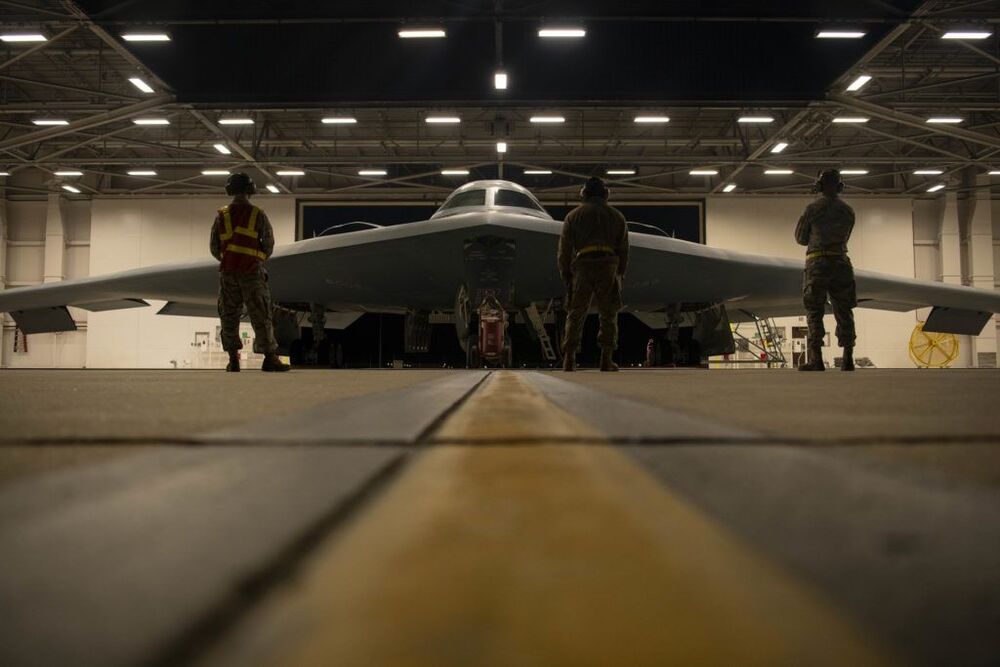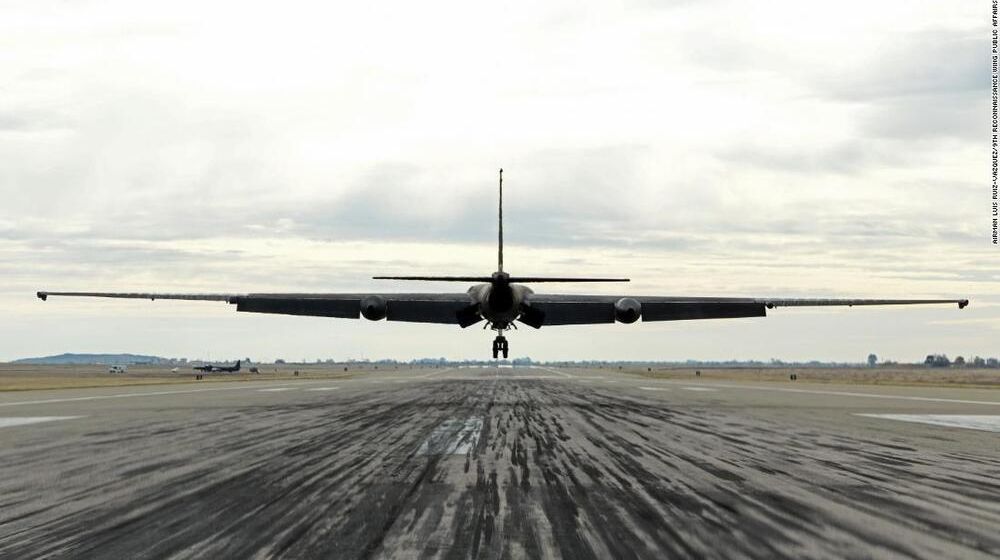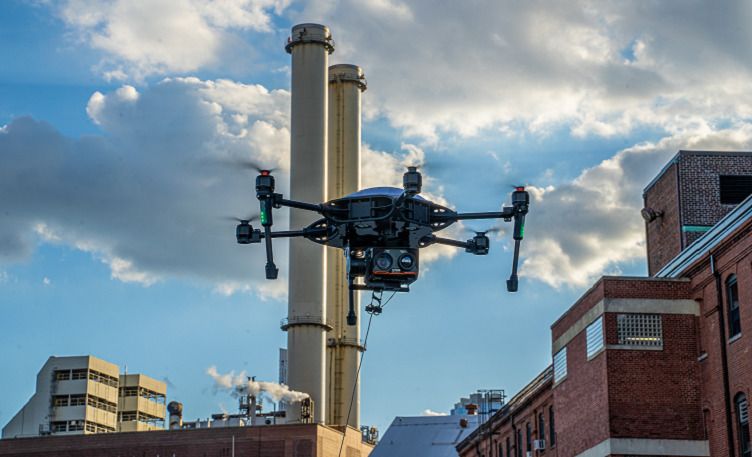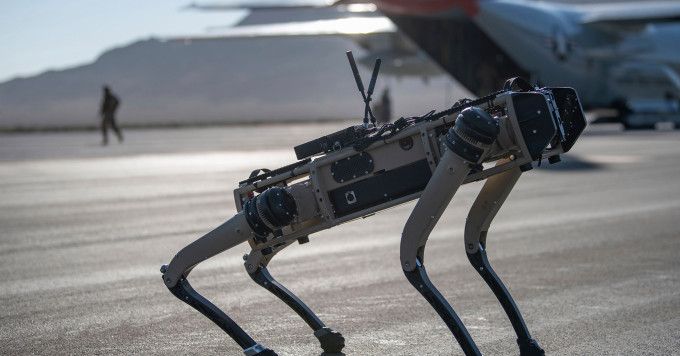U.S. Navy Chief Artificial Intelligence Officer, and AI Portfolio Manager, Office of Naval Research.
Brett Vaughan is the U.S. Navy Chief Artificial Intelligence (AI) Officer and AI Portfolio Manager at the Office of Naval Research (ONR).
Mr. Vaughan has 30 years of Defense Intelligence and Technology expertise with strengths in military support, strategic communications, geospatial intelligence (GEOINT), Naval Intelligence and Navy R&D.
He spent two decades in various roles at the National Geospatial-Intelligence Agency (NGA), an additional 10 years in intelligence roles in the Office of the Chief of Naval Operations, and was recently appointed to his current role in 2019.
Mr. Vaughan has Master’s Degrees in Environmental Science from Johns Hopkins University, and in National Security and Strategic Studies from the Naval War College, as well as a Bachelor’s Degree in Geography and Cartography, from University of Mary Washington.






